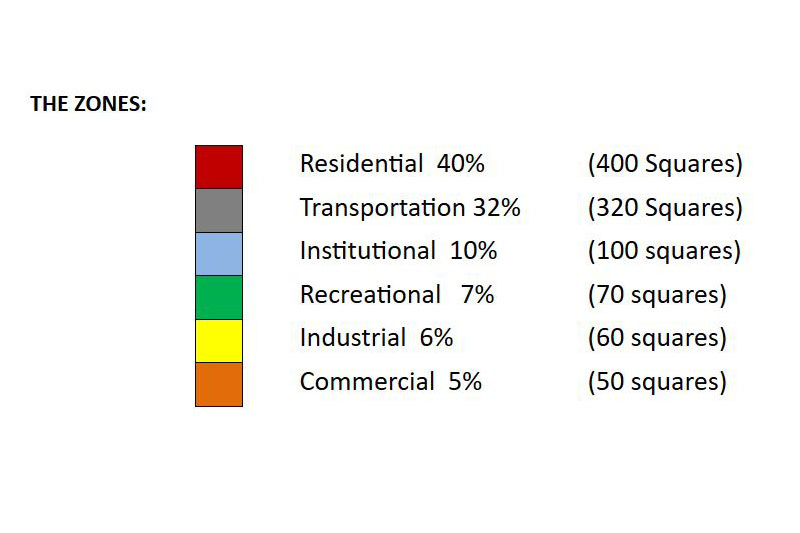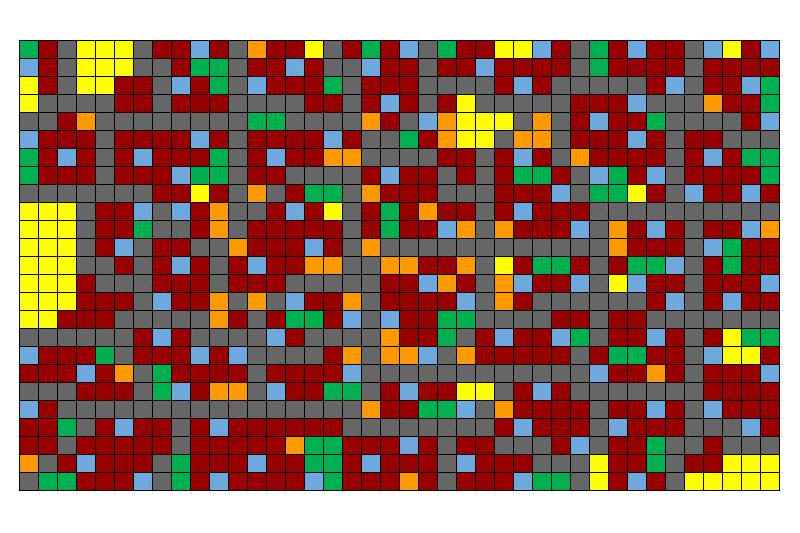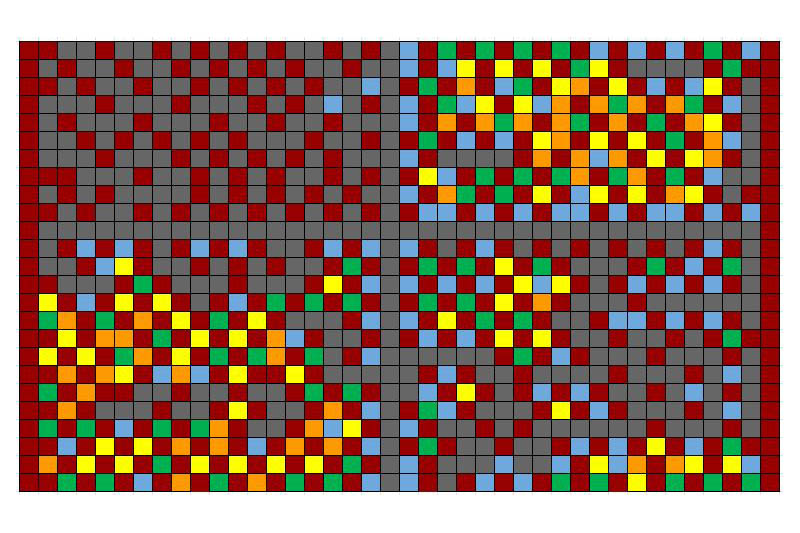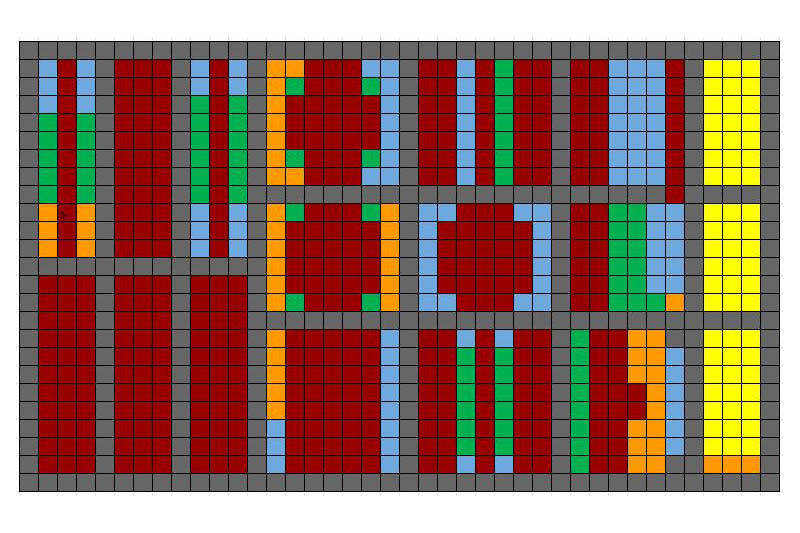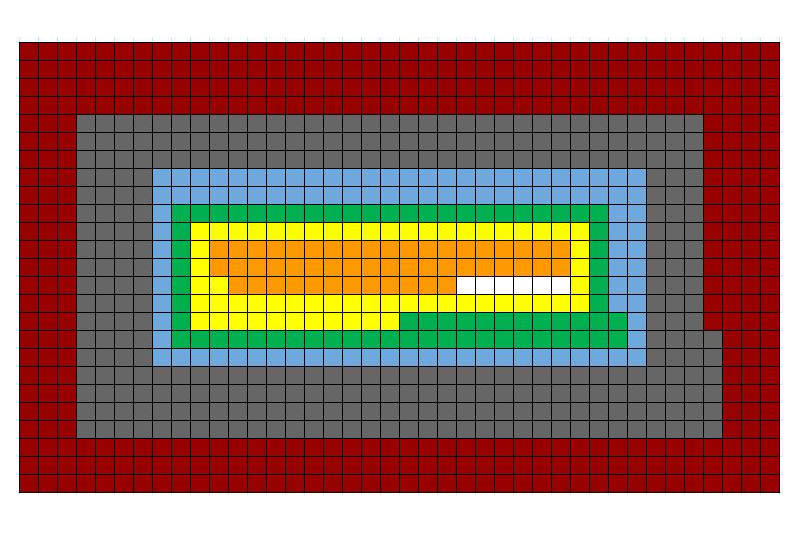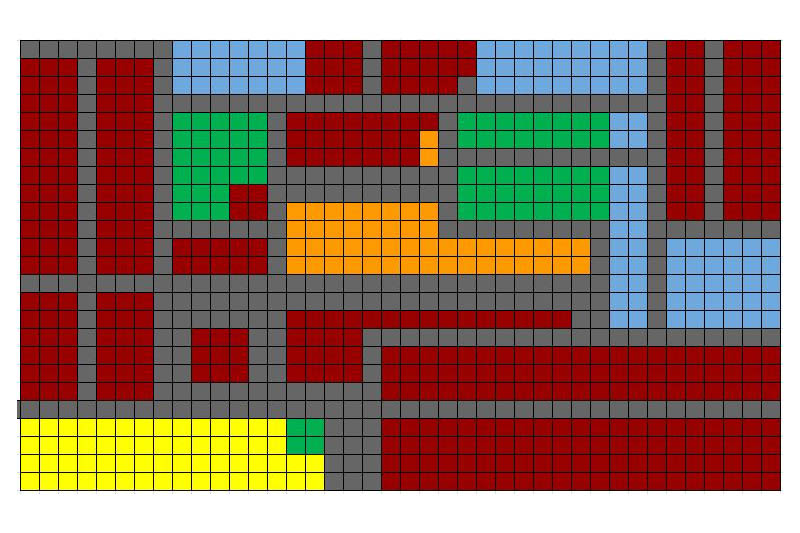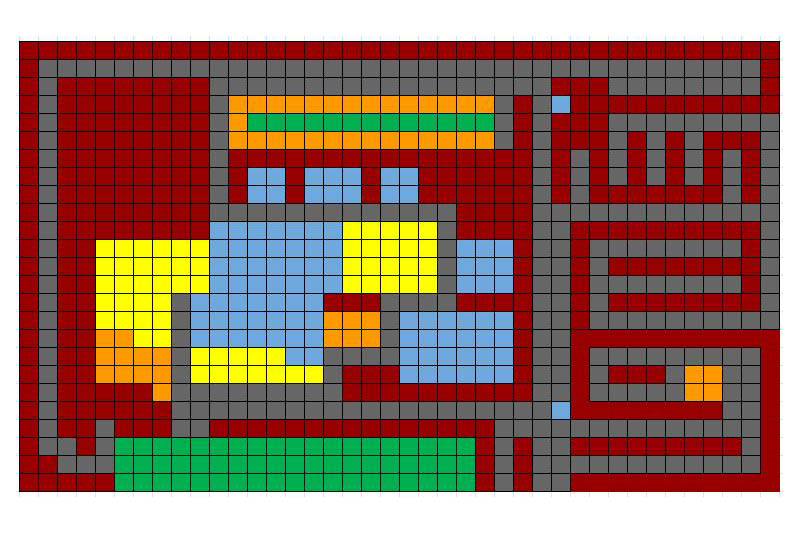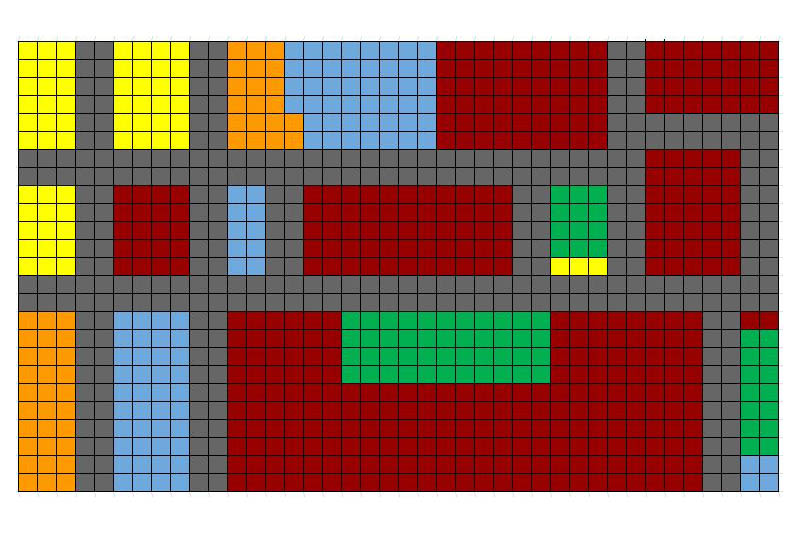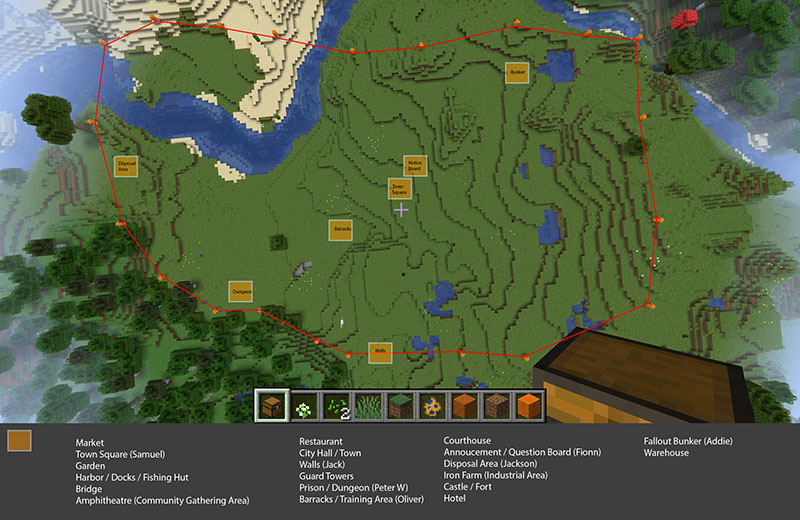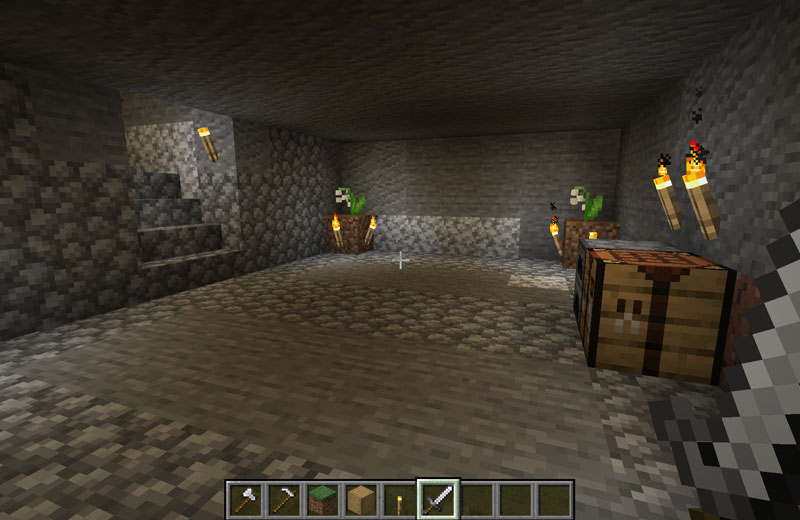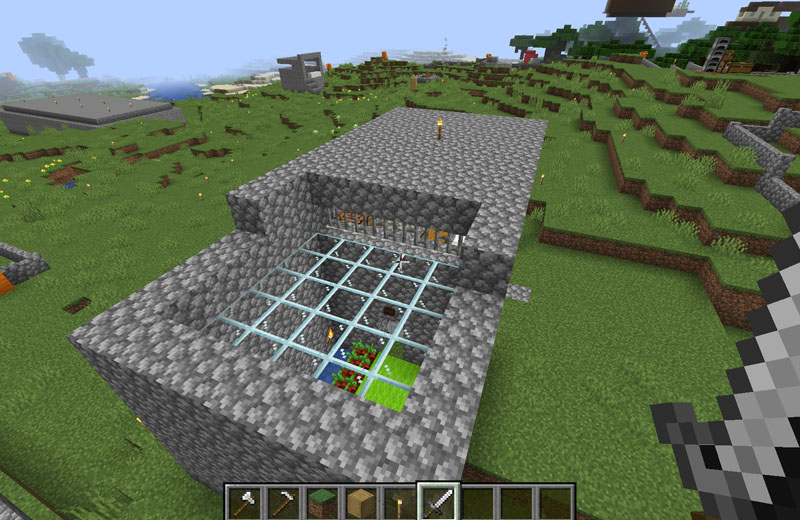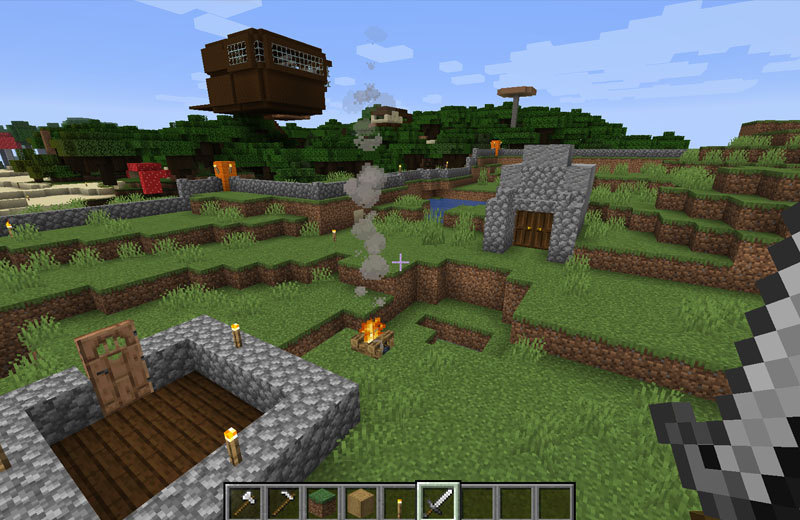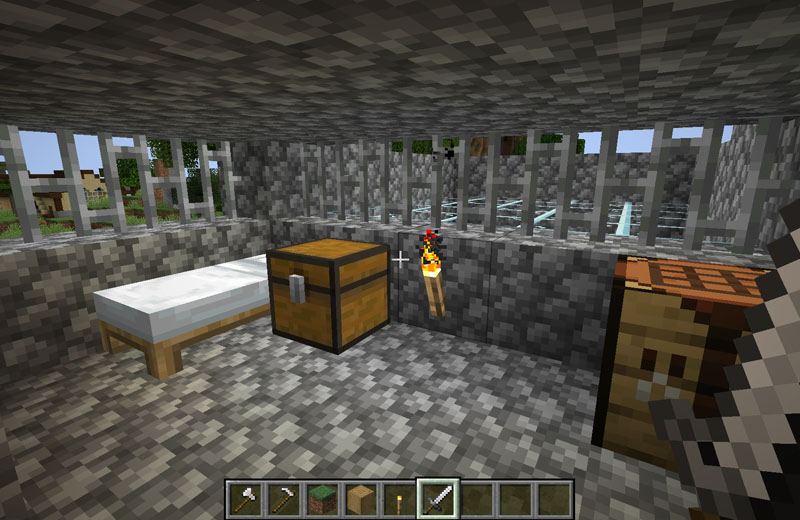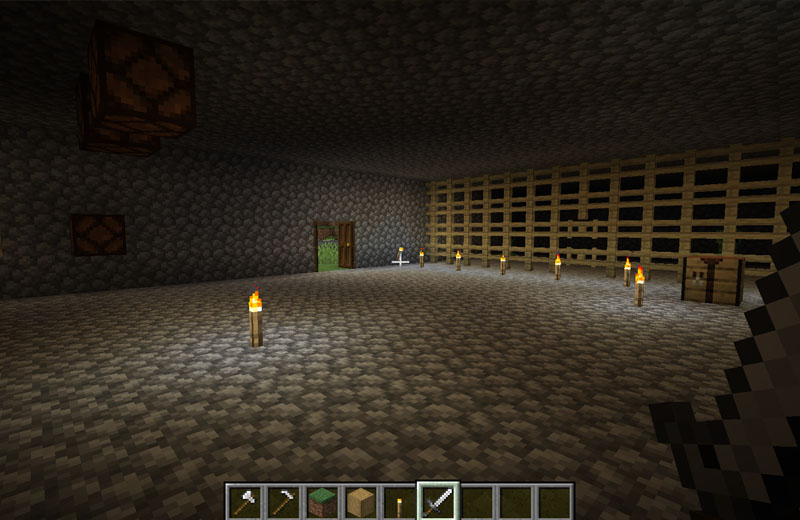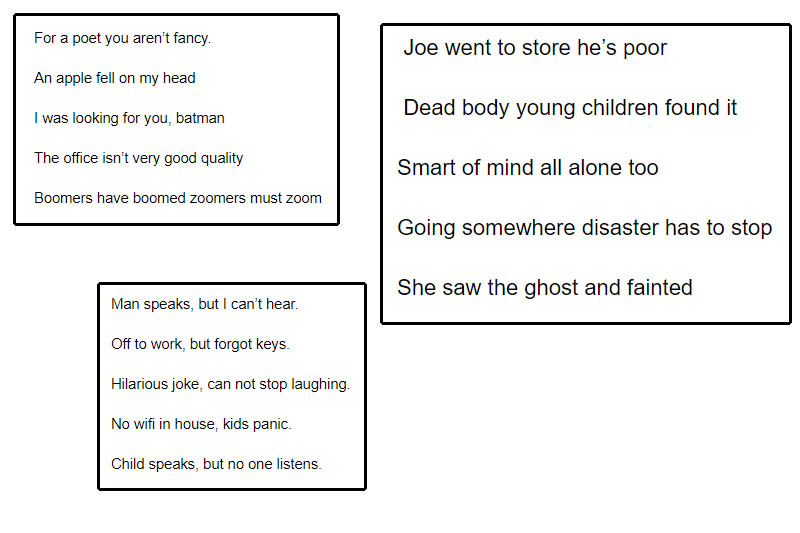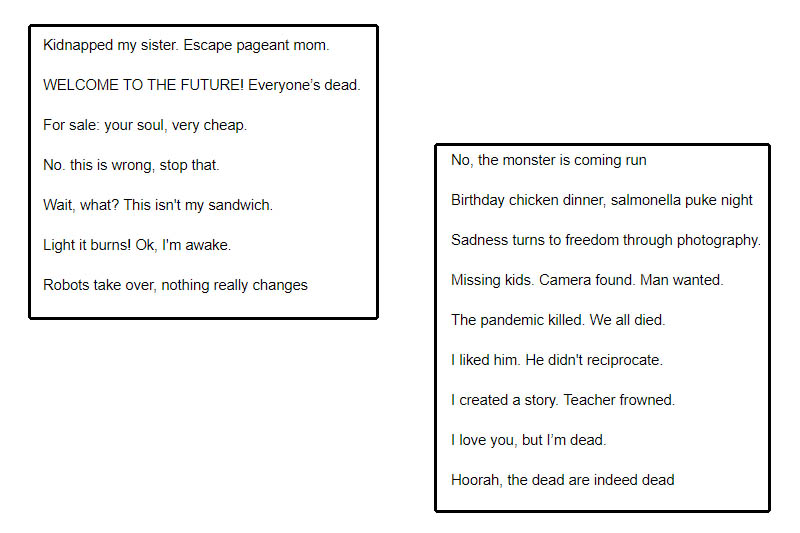
As we approach the two week mark of this school year, we are monitoring Ontario COVID-19 case numbers and public health advice in order to ensure the successful continued operation of our program. At the same time, I am happy to report that the school year has begun with much positivity and enthusiasm. While the sanitization, distance and masking protocols are obvious, most of us seem to be operating in ways that are approaching the old normal! With our already small class sizes, the ability to separate high school class cohorts, and our design of keeping the high school cohorts separate from the middle school, we have created a sense of safety at the same time as being able to offer comprehensive educational support for all.
As we move forward, we are further developing our support of remote only learners. This will involve some changes to our in-school classes, as we make them virtually available to students who choose to learn from home. I will have more to share on this soon.
In the meantime, we continue to refine the safe, sustainable model of learning we have in place to support all of our learners.

